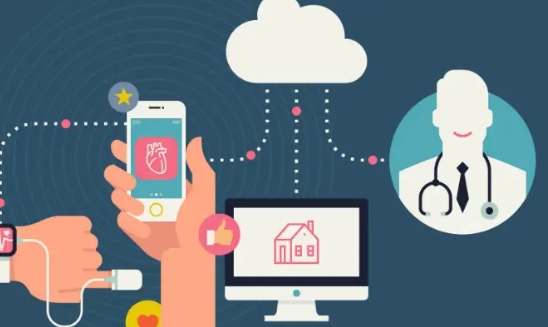In today’s digital age, hospitals are increasingly turning to video as a powerful tool to educate and connect with patients. Through the use of digital media, healthcare providers are able to reach a wider audience, provide valuable information, and build stronger relationships with their patients.
Educational Videos: Empowering Patients with Information
Hospitals are creating informative videos on various health topics, such as common illnesses, procedures, and treatment options. By providing patients with easy-to-understand information, hospitals are empowering individuals to make informed decisions about their healthcare. These educational videos can help patients better understand their conditions, treatment plans, and potential risks and benefits.
Virtual Tours: Providing a Sneak Peek into Hospital Facilities
Some hospitals are utilizing video to give patients a virtual tour of their facilities. By showcasing their state-of-the-art equipment, technology, and amenities, hospitals are able to give potential patients a glimpse of what to expect during their visit. This can help alleviate anxiety and provide reassurance to individuals who may be nervous about receiving medical care.
Patient Testimonials: Sharing Personal Stories
Video testimonials from previous patients can be a powerful way for hospitals to connect with current and potential patients. By sharing real-life stories of individuals who have received care at the hospital, healthcare providers can build trust and credibility with their audience. Patient testimonials can also provide valuable insights into the patient experience, helping others feel more confident about their own treatment journey.
Live Streaming: Engaging with Patients in Real Time
Some hospitals are leveraging the power of live streaming to engage with patients in real time. Whether it’s hosting a virtual Q&A session with healthcare providers, sharing updates on treatment options, or providing educational content, live streaming allows hospitals to connect with their audience in a more interactive and dynamic way. This can help foster a sense of community and support among patients, caregivers, and healthcare providers.
In conclusion, the use of video in healthcare settings is a valuable tool for educating and connecting with patients. By creating informative content, providing virtual tours, sharing patient testimonials, and engaging in live streaming, hospitals can enhance the patient experience, build stronger relationships, and ultimately improve the overall quality of care. By leveraging the power of video, hospitals can truly make a positive impact on the lives of their patients.

